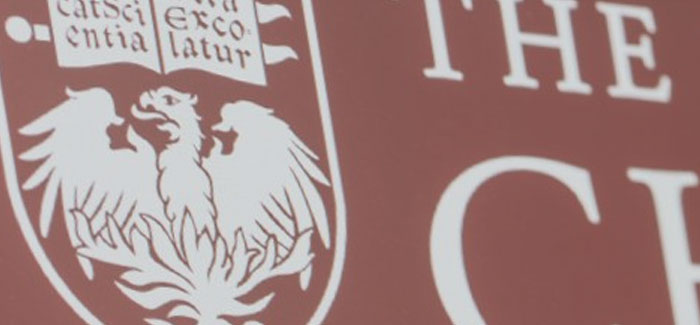
Report from the dean
How the career path of the PhD was changing.
This is an anxious time in higher education, particularly for our newest generation of scholars, newly fledged and bearing into a future clouded with uncertainty. The financial crisis has limited the ability of colleges and universities to make new appointments to their faculties. Our own faculty—the teachers and advisers and advocates for our students, and the participants in their aspirations for a rewarding career—worry openly about the damage this recession might do, not only to the hopes of our students but also to higher education itself, which stands to lose an entire cohort of talented teachers and scholars if the doors into the academy are closed tight.
But even before the onset of this crisis, the career path of the PhD was changing. Typically, sizable numbers of our doctoral graduates in the Social Sciences Division—40 percent or so—now go directly into jobs in the for-profit, nonprofit, and government sectors, at institutions ranging from museums to the World Bank. Of those who enter the academy, more than half begin their careers on the tenure track, across the full range of institutions from liberal-arts colleges to public universities to research institutions. (Within the University of Chicago, Social Sciences has the highest proportion of new graduates who enter Carnegie I research universities on the tenure track.) And of those who enter the academy, many begin their careers in research training or teaching apprenticeship, divided between postdoctoral fellowships and instructional positions off the tenure track. According to national studies, off-tenure-ladder employment in postdoctoral teaching and research has not only increased in frequency but also has increased in length, with successive rather than single positions now more and more common. In sum, the paths from graduate school into careers are increasingly diverse, as are the paths from graduate school into the professoriate.
Elsewhere in Dialogo, students talk about their experiences “on the market,” and the steps they and the faculty took last year to make a successful transition from graduate school to the start of a career. Even in a tough year, our students competed well for exciting positions. The credit is chiefly theirs, but we faculty hope we have had at least a little influence in helping them to make the most of their opportunities here, and from here. Over the past several years, the University and the departments have stepped up investments in career planning, advice, and assistance for doctoral students—and master’s students. We take the task seriously because we want to see our students in productive and satisfying careers that suit their talents, whether in the academy or outside. As our students fly into that cloudy new world, we are at their side, so that University of Chicago students become the next generation of brilliant teachers and scholars, and the American academy remains the world’s most vibrant.
John Mark Hansen, dean
